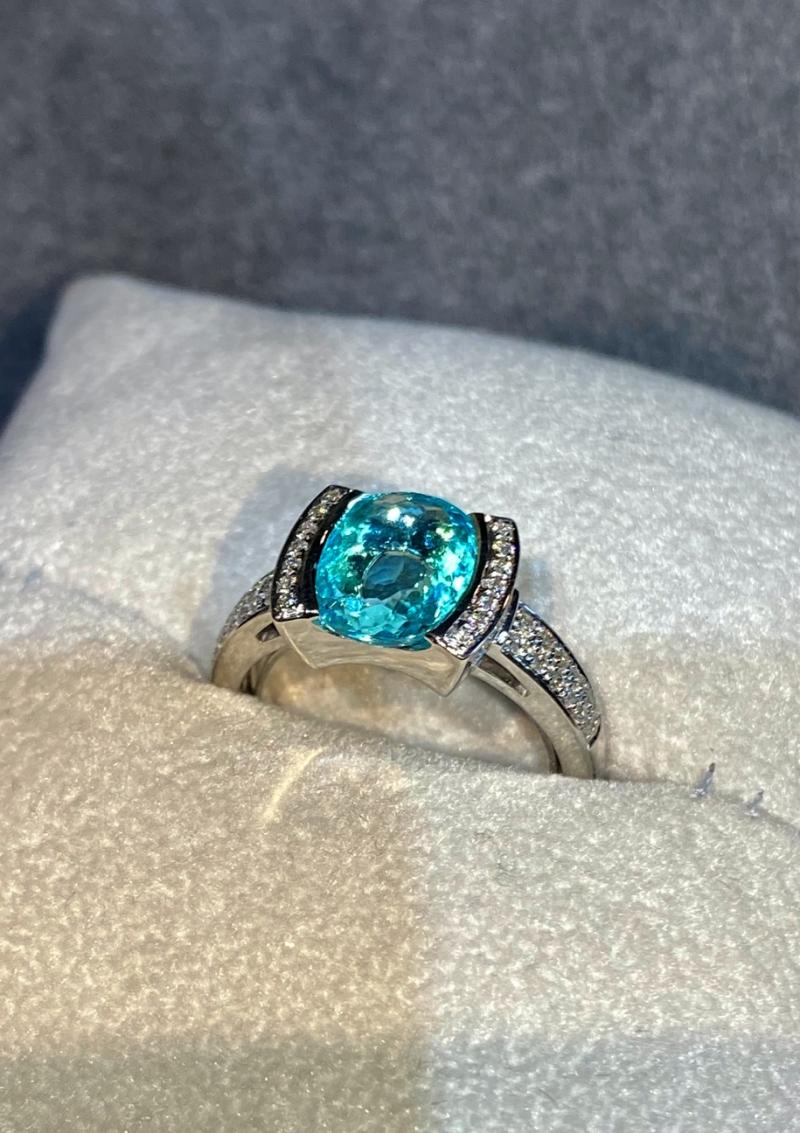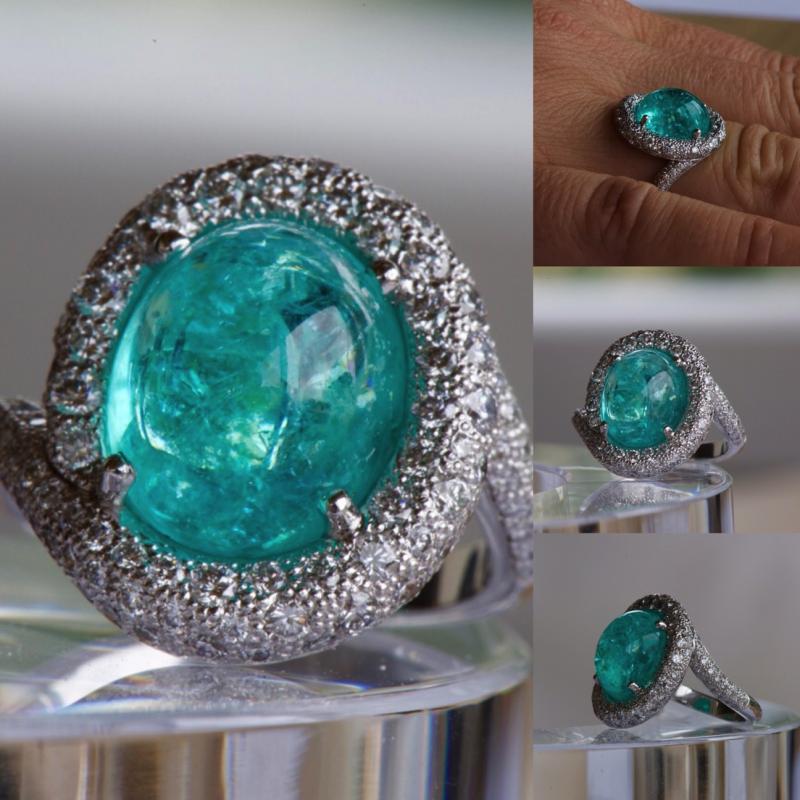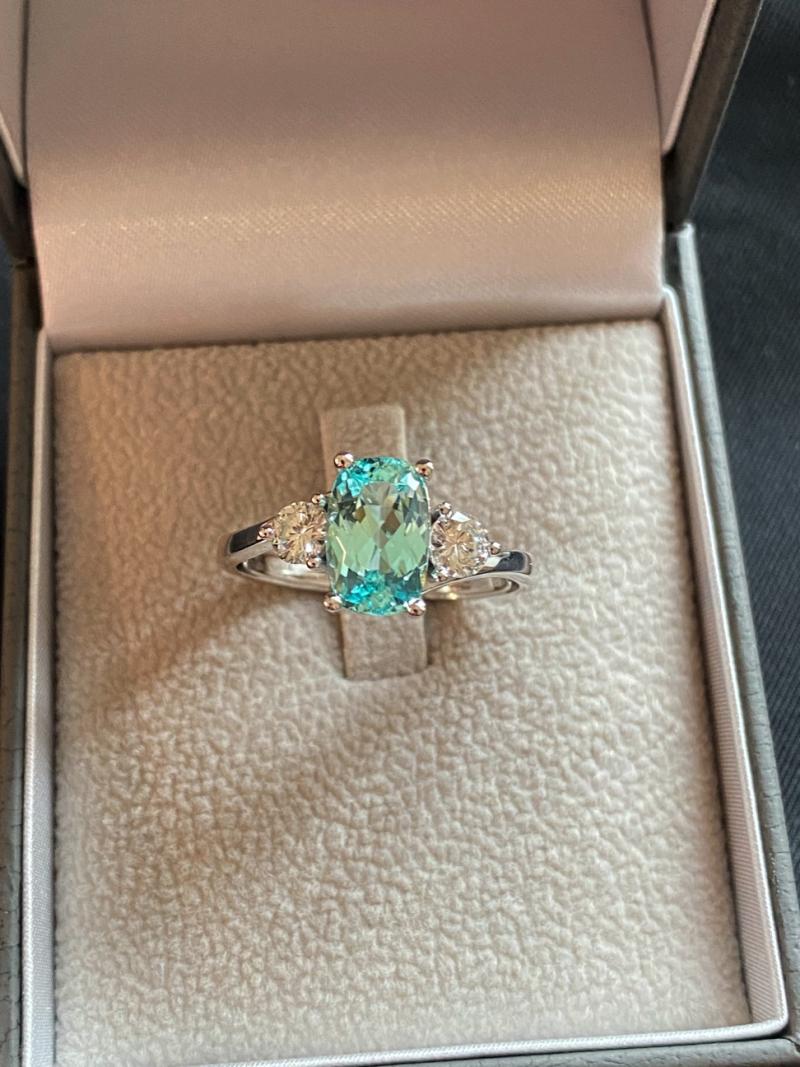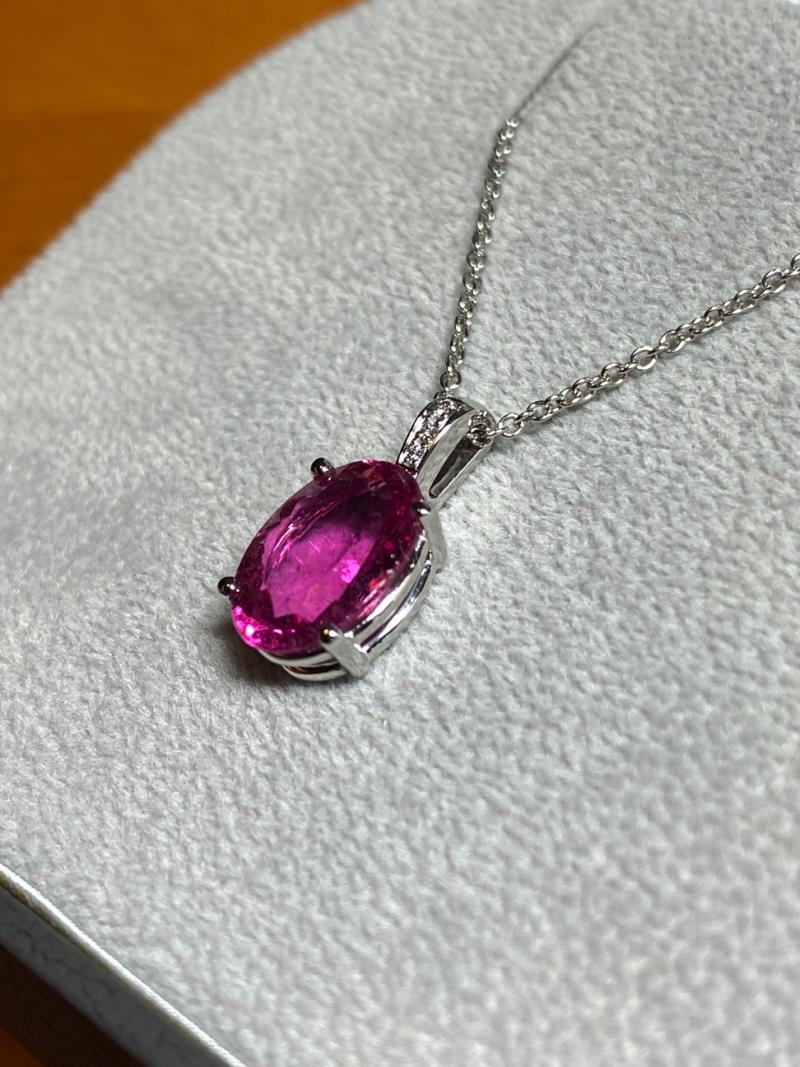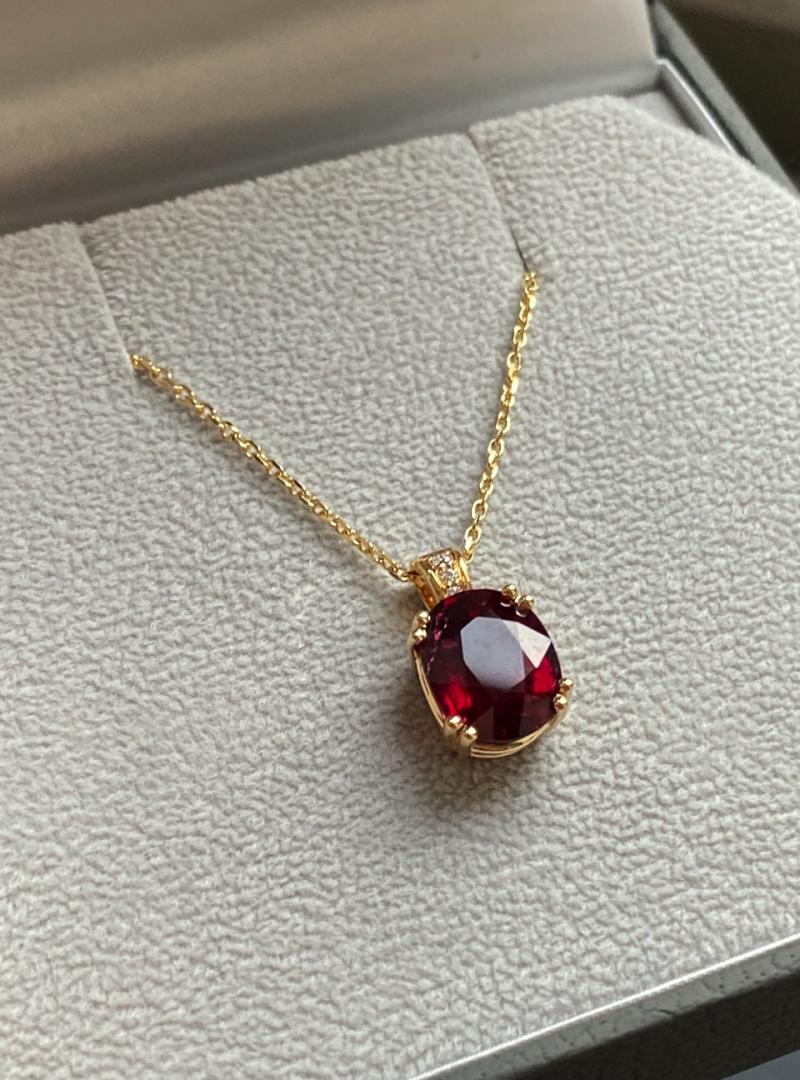Description
The birthstone of the month of October is Tourmaline.
Tourmaline has one of the widest colour ranges of all gemstones, encompassing every colour of the rainbow.
To name but a few:
- Rubellite is a name given to pink, red, purplish-red and orange-red Tourmaline.
- Indicolite is a dark violet, blue or greenish-blue Tourmaline.
- Paraíba Tourmaline is an intense turquoise-blue or ocean-green Tourmaline from the state of Paraíba in Brazil.
- Chromium Tourmaline is an intense green. Despite its name, it is mainly coloured by vanadium, the same element that colours many Brazilian and African emeralds.
- Partially coloured Tourmaline has more than one colour. One of the most common combinations is green and pink.
- Watermelon Tourmaline is pink in the centre and green on the outside. Crystals of this material are usually sliced to show this particular arrangement.
- Paraiba' Tourmaline is the only Tourmaline to have an almost electric turquoise blue hue to a strong green. Its colour is called 'neon blue'. This colouring is explained by the presence of copper, responsible for the blue colour, and manganese. Very rare and expensive.
Some Tourmalines also have a cat's eye effect known as chatoyancy. Cat's eye Tourmalines are most often green, blue or pink, with a softer, more diffuse eye than that of cat's eye chrysoberyl. In the case of Tourmaline, the effect is due to numerous fine, tubular inclusions that form naturally as the gem grows. Like other cat's eyes, these stones need to be cabochon-cut to bring out the effect.
Meaning and history
The name of this stone comes from Sri Lanka. It is said that Tourmaline descended from the sky and that on its way down, it passed through a rainbow that gave it its infinite variations of colour. Hence its name, meaning "the stone of a thousand colours".
Tourmaline is thought to have been known since the 3rd century BC, but because of its wide range of colours, it has often been confused with other minerals.
When Tourmaline can be identified in old stories, it is because of its pyroelectric properties. In the 18th century, the Dutch mentioned a stone they called "drawers of ash". It was a stone that they used to clean their pipes and which had the property of attracting ashes...
During the 16th century, a Spanish conquistador discovered a green Tourmaline in Brazil, which he identified as an emerald. This discovery led to a rush to these regions in search of these famous 'emeralds', which were in fact Tourmalines.
It was not until the 19th century that the error was corrected and the Tourmaline identified as such.
It was a Dutch merchant who coined the term, because for the Sri Lankan miners, 'thuramali' referred to all the coloured stones they could find on the island.
Where can I find it? Origin
Tourmalines can be found in many countries, including Burma, Afghanistan, Australia, Brazil, Russia, Thailand, Angola, Tanzania, Nigeria, Kenya, Madagascar, Malawi, Mozambique, India, the United States and Australia.
Hardness & Care
Tourmaline lies between 7 and 7.5 on the Mohs scale of hardness, making it a particularly suitable stone for jewellery, even for everyday wear.
The ideal metal to go with your Tourmaline
Depending on its colour, your Tourmaline will go equally well with warm or cool colours, white, pink or yellow gold or platinum.
Virtues
Tourmaline has many virtues specific to its varieties and colours, but in general terms we can mention the following properties: it calms the nerves, eliminates ear infections, keeps the digestive system healthy, strengthens teeth and bones and improves blood circulation.
